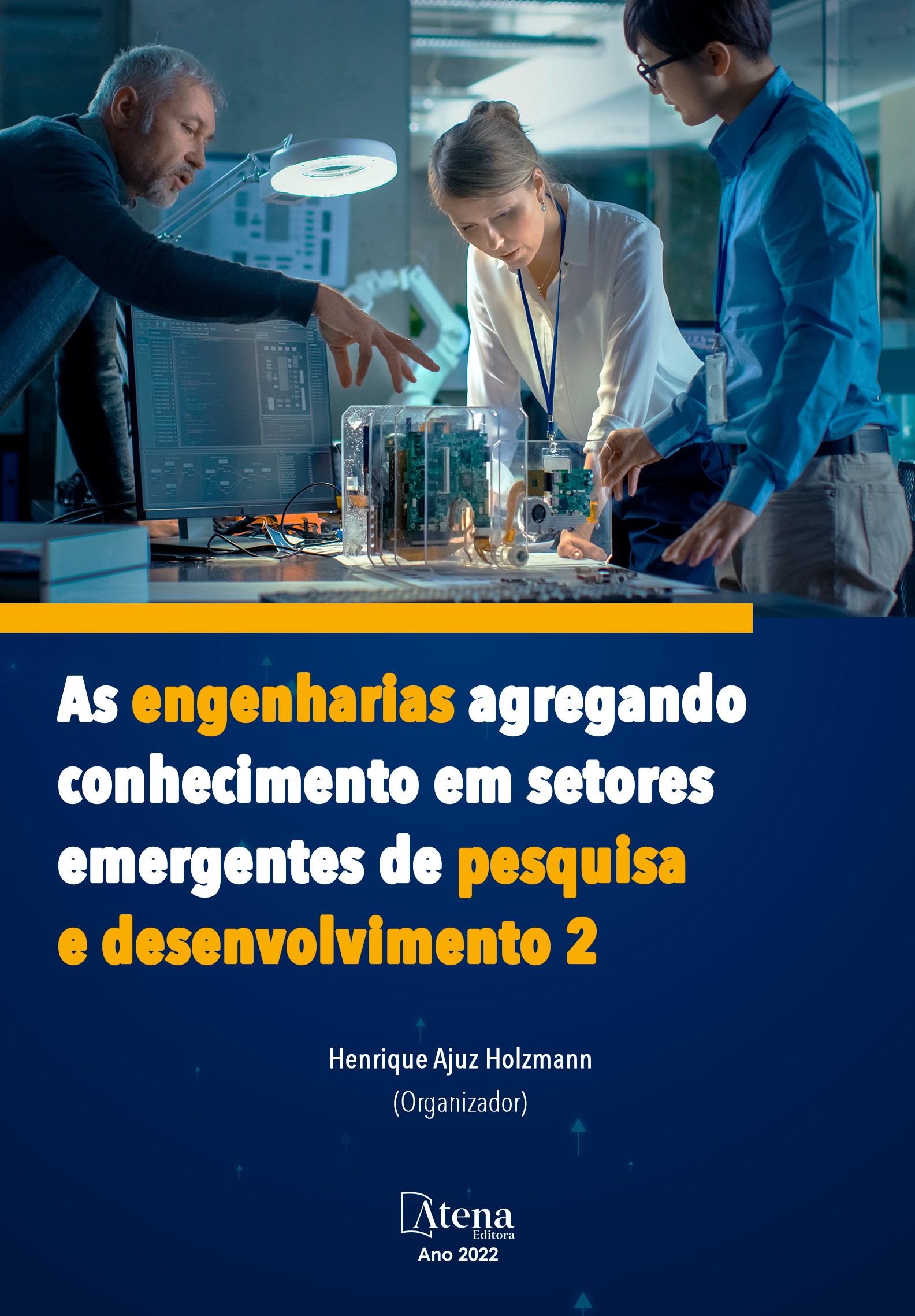
DESESTABILIZAÇÃO DE EMULSÃO (O/A) DO PETRÓLEO BRUTO UTILIZANDO ÁLCOOL LAURÍLICO ETOXILADO ALIADO A VARIAÇÃO DA TEMPERATURA
A partir dos problemas gerados por corrosões em tubulação e em equipamentos de refino de óleo bruto que cria prejuízo para indústria observou a necessidade de que antes do refino deve ser feita a separação de óleo da água proveniente de aquíferos subterrâneos e também do mecanismo de recuperação do óleo. Normalmente água e óleo não são miscíveis, isso quer dizer que eles não se misturam, porém, como este óleo bruto está sobre pressão durante milhares de anos e possui tensoativos naturais, criam essa emulsão. Depois da separação dessa emulsão a água de produção deve estabelecer um nível mínimo de qualidade para ser descartada na natureza. O objetivo é realizar essa separação utilizando tensoativo, do tipo álcool laurílico etoxilado, aliado a temperatura para realizar os processos de floculação, sedimentação e coalescência até a separação do óleo, para verificar, analisar e concluir qual é o melhor tensoativo e temperatura para obter a melhor eficiência possível. A pesquisa foi realizada preparando uma solução contendo 90 % de água destilada e 10 % de óleo, os experimentos foram repetidos com a adição de 1,5 % de NaCl para simular as emulsões retiradas dos campos de produções de petróleo. Após o preparo das emulsões foram adicionados tensoativos e posto ao banho termostático, variando a temperatura de 30 °C até 70 °C. Após analisar os resultados foi observado que o melhor desempenho apresentado foi o tensoativo Álcool Laurílico 3EO.
DESESTABILIZAÇÃO DE EMULSÃO (O/A) DO PETRÓLEO BRUTO UTILIZANDO ÁLCOOL LAURÍLICO ETOXILADO ALIADO A VARIAÇÃO DA TEMPERATURA
-
DOI: 10.22533/at.ed.41422210424
-
Palavras-chave: Emulsão O/A. Tensoativo. Desestabilização da emulsão. Quebra da emulsão. Separação O/A
-
Keywords: O/W emulsion. Surfactant. Destabilization of the emulsion. Breakage of the emulsion. O/W separation
-
Abstract:
From the problems generated by corrosion in pipes and in crude oil refining equipment, which creates damage to the industry, it was observed that before refining, the oil must be separated from the water coming from underground aquifers and also from the mechanism of oil recovery. Normally, water and oil are not miscible, that is to say they do not mix, however, as this crude oil is under pressure for thousands of years and has natural surfactants, this emulsion is formed. After separation from the emulsion, the production water must establish a minimum level of quality to be discarded in nature. The objective of this work is to carry out this separation using surfactant, of the ethoxylated lauryl alcohol type, combined with temperature to carry out the flocculation, sedimentation and coalescence processes until oil separation, to verify, analyze and conclude which is the best surfactant and temperature for obtain the best possible efficiency. The research was carried out by preparing a solution containing 90% distilled water and 10% oil, the experiments were repeated with the addition of 1.5% NaCl to simulate the emulsions taken from oil production fields. After preparing the emulsions, surfactants were added and placed in a thermostatic bath, varying the temperature from 30 °C to 70 °C. After analyzing the results, it was observed that the best performance presented was the surfactant Lauryl Alcohol 3EO.
-
Número de páginas: 15
- Rafael Stefano Costa Mallak
- Heithor Syro Anacleto de Almeida
- Francisco Klebson Gomes dos Santos
- Alyane Nataska Fontes Viana
- Diego Angelo de Araujo Gomes
- Geraldine Angelica Silva da Nobrega


